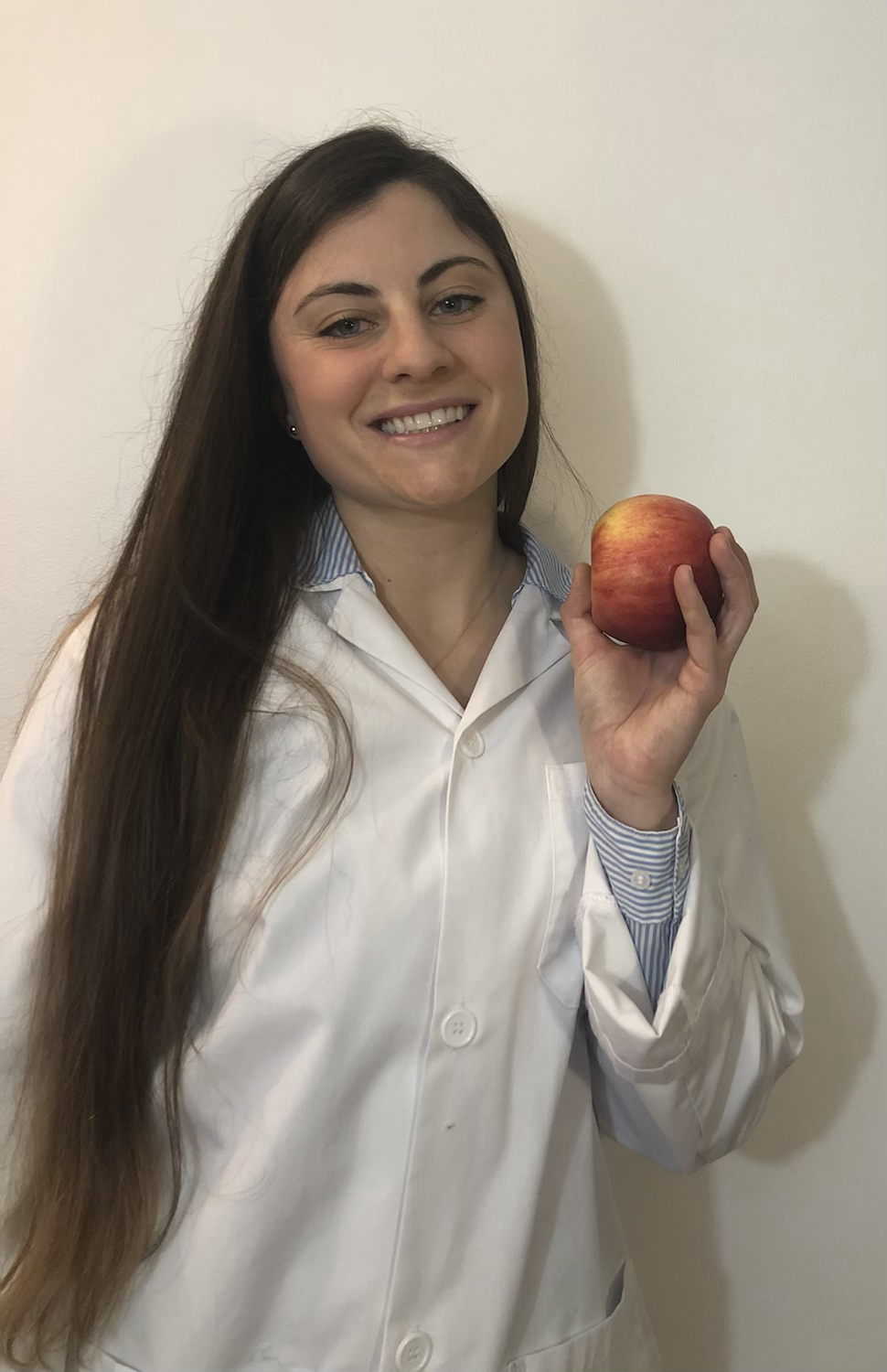Nutrition, Studies and Performance
- Karine Drouin

- Sep 2, 2021
- 3 min read

During studies, we feed our brains with a lot of information. To optimize our efforts and not to exhaust ourselves, it is important to eat well and have a healthy lifestyle. This text covers some of the basics of healthy eating and other lifestyle habits that should be part of everyday student life.

The famous balanced plate
The balanced plate is ½ plate (1 to 2 cups) of fruits and vegetables, ¼ plate of protein (about 2 eggs or 75 g of meat or ¾ of a cup of legumes, etc.) and 1/4 d whole grain cereal plate (about ½-1 cup of rice or 1 cup of pasta, etc.).
Fruits and vegetables are important for getting enough vitamins, minerals and fiber.
In addition, we want a sufficient amount of protein at each meal to be full for a long time, maintain muscle mass and more. At least 1 g of protein per kg of body weight (for a BMI of around 18.5 to 24.9) may be sufficient for a person who has a low level of physical activity. Also, we want whole grains for sustained energy and to be full for a long time. How to choose your whole grain foods:
It's okay if our plates don't all look like this in terms of portions. We can meet our nutritional needs with snacks. Ex: vegetables + hummus.
To have sustained energy and reduce fatigue, let's try to avoid sweets (yes: let's limit Starbucks pumpkin spice latte, hot chocolate, candies, etc.). The more sugary products we eat, the more likely we are to crave sweets and this can cause low energy levels during study periods.
Small, frequent meals
It is important not to go to extremes of either starving or feeling completely full. If you do not eat for a long period of time, or if you eat too much in a short period of time, it may be causing fatigue. Intermittent fasting is therefore to be avoided. Eating small, frequent meals can help keep energy levels up throughout the day, such as 3 meals and 2 snacks a day. (Breakfast: 7 a.m., Lunch 12 p.m. snack 3 p.m., Dinner 6 p.m., snack 9 p.m.)
Caffeine
It can be tempting to energize yourself with a nice little coffee. On the other hand, you must be careful not to consume too much and too late during the day (time varying from person to person) since this could interfere with sleep, increase stress, headaches and irritability, therefore interfere with studies (3). For many, we should stop consuming caffeine after 3 p.m.
You may be able to fall asleep successfully, but the quality of sleep may be affected. If you don't get enough sleep and enough hours, fatigue increases and you may be tempted to take in more caffeine. The wheel spins! Typically moderate consumption with no side effects for an average adult would be around 400 mg per day, or about 2 cups of coffee.
Likewise, several teas can also help keep us awake during the day, but can interfere with our sleep. To consider: herbal tea in the late afternoon and evening that contains no caffeine or theine. To read more: https://lepharmachien.com/cafeine/

(2,3, 4 & 5)
Habits for success
It is also important to have a balanced life and this balance is different for everyone and changes over time. On the other hand, certain elements remain important for everyone. Getting enough sleep at regular times (7-9 hrs), regular physical activity to relax, good stress management and good social support can all contribute to success.
Then, in order to have good concentration, it is essential to take breaks when studying. The POMODORO technique can help. This involves focusing on a subject under study for 25-30 minutes and taking a 5-10 minute break between each study session. Read it here:
Change your habits gradually with SMART goals
You can't change all your habits overnight. If you want to move more or eat better, it is important to set SMART goals. That is, they must be specific, measurable, attainable, realistic and fixed in time. This way we can tell if we move more or eat better in a more objective way.
Link to SMART goals:
Have a good session, GO GET YOUR DEGREE
Karine Drouin, RD, Dietitian
References
(1) Deuxième image prise de : Coeur + AVC (n.d.). Six leçons à tirer du Guide alimentaire canadien. Retrouvé le 3 août 2021 au https://www.coeuretavc.ca/articles/six-lecons-a-tirer-du-guide-alimentaire-canadien
(2) Gouvernement du Canada. (Février 2012) La caféine dans les aliments. Retrouvé le 6 août 2021 au https://www.canada.ca/fr/sante-canada/services/aliments-nutrition/salubrite-aliments/additifs-alimentaires/cafeine-aliments/aliments.html
(3) CIUSSS Capitale Nationale. (n.d.).CAFÉINE et BOISSONS ÉNERGISANTES. Retrouvé le 19 août 2021 au https://www.ciusss-capitalenationale.gouv.qc.ca/sites/default/files/boissons-energisantes.pdf
(4) Harland, B.F. 2000. Caffeine and nutrition. Nutrition 16(7-8):522-526
(5) Caffeine Content. (2021).Chocolate Caffeine Content Facts. Retrouvé le 26 aout 2021 au http://www.caffeine-content.com/caffeine-in-chocolate/caffeine-content-in-chocolate/



Comments